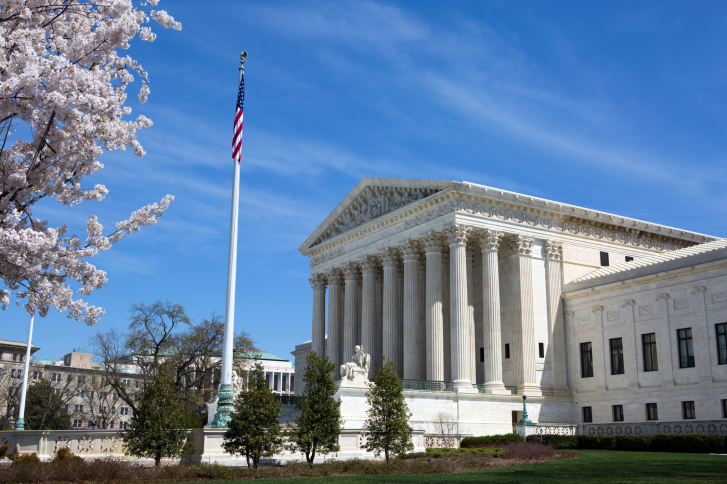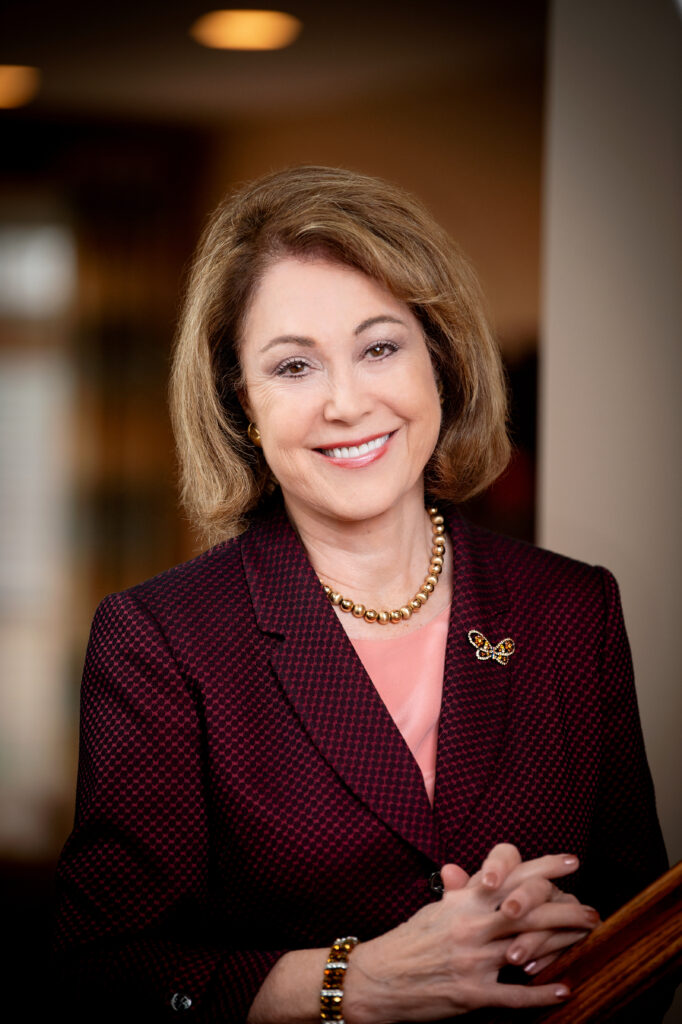Consumer Power Report #486
One of the most significant struggles facing millions of Americans today is the growing cost of pharmaceuticals. According to U.S. News and World Report, U.S. drug spending is expected to exceed $300 billion in 2015, and many analysts project drug prices will continue to rise for the foreseeable future. In the wake of these price increases, a national, often politics-driven, conversation about the future of the pharmaceutical industry has once again reared its ugly head, spurred on by stories of seemingly outrageous drug price hikes.
For instance, in September, Turing Pharmaceuticals announced it was raising the price of Daraprim, one of its antiparasitic drugs used to treat infections, from $13.50 per tablet to $750.00 per tablet, an increase of 5,455 percent.
Many new drugs are now entering the market at significantly higher prices than they were just a decade ago. As explained by Jonathan Rockoff in The Wall Street Journal, “The average cost of a branded cancer drug in the U.S. is around $10,000 a month, double the level a decade ago, according to data firm IMS Health.”
The backlash against Turing and chief executive Martin Shkreli has been swift and damning, with politicians, protestors, doctors, and health care advocates all accusing Shkreli of being a ruthless capitalist hell-bent on gouging sick consumers and many calling for greater control of the pharmaceutical industry. Even highly controversial Republican presidential candidate Donald Trump leveled attacks against the 32-year-old hedge fund manager, calling him a “disgrace” and the price increase “disgusting.”
Pharmaceutical companies have often blamed price hikes on ever-increasing research and development costs. It’s now estimated new drugs cost an average of $2.6 billion to develop, and the only way drug manufacturers say they can afford to navigate the incredibly complex process of creating breakthrough drugs is to raise prices on new and existing drugs.
“I would have raised prices higher,” Shkreli said in response to the criticism he has received for raising the price of Daraprim, according to Forbes.com. “That’s my duty.”
“My shareholders expect me to make the most profit,” said Shkreli, who also called the necessity of drug price increases “the ugly, dirty truth.”
In a free-market system, profit is a driving factor behind innovation, so it’s undeniable most drug manufacturers are just as concerned with profits – and in many cases more concerned – than they are with some sort of a moral crusade to save as many people as possible. Certainly, many people who work for drug companies take great pride in the many life-saving drugs created and distributed, but raising revenues will always be the biggest of the big elephants in these companies’ board rooms, and no amount of public shaming is ever going to change that.
Most Americans don’t work for pharmaceutical businesses, however, and almost everyone seems to know at least one person who is struggling today with high drug prices, who is battling a costly disease, or who needs frequent and expensive medical treatment. As a community composed of people with real families enduring tragic circumstances, many of us are primarily concerned with making medical care more affordable, so any time Americans hear individuals such as Mr. Shkreli frankly state their primary concern is to earn greater revenues, it’s natural for people to react negatively.
Like the overwhelming majority of people, I want medical care to be as affordable as possible, and I long for the day when every single person in this country receives quality care. The issue, however, is not whether affordable health care is a good goal; the point of contention is precisely how to accomplish that goal.
It’s common for U.S. leaders, such as Democratic presidential candidate Hillary Clinton, to claim the only way to lower drug prices is to create another set of government agencies that will regulate drug companies and drug prices and to impose higher taxes on businesses who they say earn too much money. But if fixing health care is as simple as signing another government agency into law, all of America’s problems would have been fixed long ago. The reality is, contrary to the promises you’ve heard over and over, we can’t regulate our way to lower health care prices.
The success of the free market hinges on the existence of as much competition as possible. When businesses are forced to compete for customers, whether they are selling television sets or pharmaceuticals, prices fall, product quality improves, and everyone is better off. Anything that limits competition, however, inevitably leads to higher prices and less innovation. Competition, not a government mandate, drives innovation.
The problem with the health care industry is that it’s not a truly free market (or anything close to it), so competition is constantly being restricted in favor of further consolidation of services imposed or necessitated by government bureaucrats and the regulations they create. Instead of competing for your business the way a cell phone carrier or car dealership would, drug companies are required to negotiate prices with massive, heavily regulated insurance companies, who in turn are subject to thousands of pages of additional government regulations.
Further, the entire health care model currently in place in the United States disconnects the consumer, drug prices, and the seller, creating the strange circumstance of having people who need products totally disinterested from what those products actually cost. Consumers, in this case, don’t actually know anything about prices unless they have no health insurance or their insurance companies refuse to take on growing costs.
Jack Scannell, writing for Forbes, explains the problem clearly and succinctly: “[M]ost drugs are prescribed by a doctor for a patient, with much of the cost covered by an insurance company. Thus the decision to make a specific drug purchase (made mainly by the doctor and patient) is disconnected from payment (made mainly by third parties such as health insurance companies, health maintenance organizations, and pharmacy benefit managers) and disconnected from the initial choice of health cover (generally made at a different time, and often made by someone who isn’t the patient).”
Making things even more complicated is the role the government plays as a major health care provider through agencies and programs such as the Veterans Administration, Medicare, and Medicaid. These agencies further limit competition and require drug companies and health care providers to receive less compensation than they otherwise might in the free market, causing them to raise prices when dealing with private insurers and individuals.
If the government continues to move toward a more consolidated health care system where multibillion-dollar corporations and government agencies are forced to haggle with one another behind closed doors to get what they foolishly consider to be the best deals possible, which is precisely what Clinton and many of the left propose, then the cost of health care will continue to climb until prices become so high services, quality, or both will need to be reduced.
If, however, the market is liberated from the shackles of endless government rules and bureaucratic organizations, businesses will be fighting with one another to win over the individual consumer, provide the best quality products and services, and reduce costs. Yes, there will also be profits and lots of wealthy people will become wealthier while they hold patent rights, but in the end, families will win and the country will be a lot healthier. Isn’t that a Christmas wish we can all get behind?
People such as Turing’s Shkreli may be primarily interested in profits, but rather than punishing him and the millions of people in the health care industry looking to earn money, the government should harness the power of those “greedy” desires and funnel the innovations that flow naturally from competition into a better world for us all. Greed isn’t good, but when greedy, self-motivated actors are forced to compete with each other, the results have been proven throughout history to be spectacular.
— Justin Haskins
IN THIS ISSUE:
OBAMACARE SIGN-UPS HIT RECORD IN TENNESSEE
[A] record number of Tennesseans … have signed up on the ACA health insurance exchange ahead of the [December 8] deadline. …
Some 88,007 Tennesseans had signed up as of Dec. 5, compared to 87,137 who signed up through Dec. 15 last year, according to the federal Centers for Medicare and Medicaid Services. In a conference call with reporters Wednesday, federal health insurance officials said they expect a big surge over the next few days.
“Last year, we saw more than half of enrollees sign up during the final two weeks before the deadline,” said Jonathan Gold, press secretary for U.S. Health and Human Services.
A top official at BlueCross BlueShield said her company is pleased with results so far and believes it will again be the top insurer in the state for individuals on the exchange.
SOURCE: By Steve Johnson, Chattanooga Times Free Press
REPORT SHOWS U.S. HEALTH CARE SPENDING UP 5.6 PERCENT IN Q3
Health care spending in the third quarter of 2015 was 5.6% higher than it was in the third quarter of 2014, according to the U.S. Census Bureau’s Quarterly Services report published Thursday, Modern Healthcare reports.
Those figures include spending on: Physicians; Hospitals; and Social services.
The figures do not include spending on: Other medical products; and Prescription drugs.
SOURCE: California Healthline
MEDICAID EXPANSION IN PENNSYLVANIA HAS EXCEEDED 500,000 NEW ENROLLEES
Pennsylvania’s expansion of Medicaid, which began earlier this year, has exceeded half a million new enrollees, state officials announced today.
Officials credit the program’s expansion with dropping Pennsylvania’s uninsured rate from 14 percent in 2013 to 8 percent today.
Demographically, most of those who are newly signed-up for the health insurance program that serves low-income people are under age 40, 55 percent are women and 59 percent are white.
More than one in five new enrollees live in Philadelphia, according to state statistics released today in an event at Penn State Milton S. Hershey Medical Center in Hershey. In Allegheny County, more than 42,000 individuals are newly enrolled, according to the state Department of Human Services.
The expansion covers Pennsylvanians age 19 to 64 with incomes up to 138 percent of the federal poverty level. The state had estimated prior to the expansion that up to 600,000 people would be eligible for the coverage. A single person can earn up to $16,243 a year; couples can earn up to $21,984 and still qualify.
SOURCE: By Kate Giammarise, Pittsburgh Post-Gazette
WISCONSIN MEDICAL EXPERTS CALL FOR END OF KRATOM BAN
Alan Bloom was blunt when speaking to fellow members of the state’s Controlled Substances Board about Wisconsin classifying kratom, an herbal supplement, as a dangerous drug.
“There’s no scientific basis for it,” Bloom, a professor of pharmacology and toxicology at the Medical College of Wisconsin, said Tuesday at the CSB’s monthly meeting.
Last year, two chemicals found in kratom were included in a long list of chemicals used to make synthetic opioids the state Legislature voted to classify as Schedule 1 drugs, despite the fact kratom is neither synthetic nor an opioid.
Kratom is derived from the leaves of the kratom tree, which is closely related to the tree that produces coffee beans.
It has been used in Southeast Asia for centuries for its medicinal properties. In small doses, kratom produces an energy boost similar to caffeine. In larger doses, it works as a painkiller. It can even act as an antidepressant for some people.
No one knows how the kratom chemicals ended up on the list of drugs the Legislature made illegal. …
The CSB has the authority to deschedule kratom and make it legal again in Wisconsin. Bloom wants the board to do it.
Another board member, Dr. Timothy Westlake, said there could be a real public benefit in descheduling kratom.
“We’re trying to decrease the amount of opiates that are prescribed for pain. (Kratom) is not a panacea, but the addictive potential seems a heck of a lot less than that of opiates,” said Westlake, a physician from Oconomowoc.




